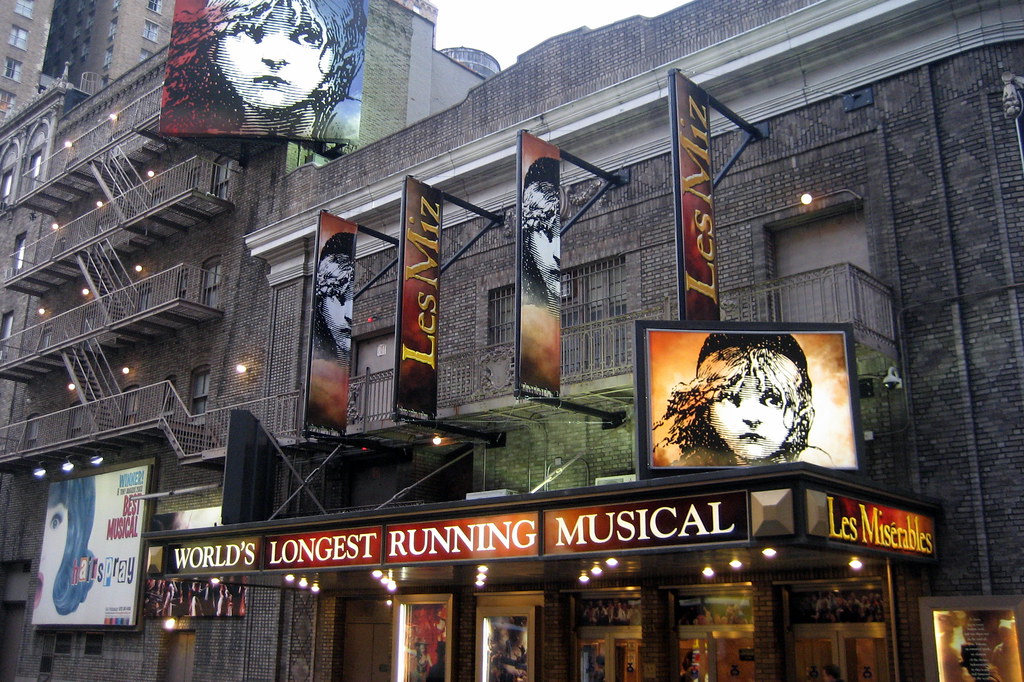
From Sept. 26 through Oct. 6, the theater department’s rendition of “Rosencrantz and Guildenstern Are Dead” transformed writer Tom Stoppard’s dense and existential dialogue into witty banter — an impossible feat without the talents of Mark Macey (Guildenstern) and Mark Fossen (Rosencrantz).
While the acting chops of Macey and Fossen are undeniable, the approach of weaving one story into another is the play’s strongest point. First premiering in 1966, “Rosencrantz and Guildenstern are Dead” takes Shakespeare’s “Hamlet” and turns it upside down.
It accomplishes this by shining the spotlight on Rosencrantz and Guildenstern. In “Hamlet” the two characters appear sporadically and are oblivious to the exploits of both Hamlet and King Claudius. In this retelling of the story, they are still confused. But this time, they are able to act out their habits of indifference and indecisiveness.
“It’s two guys stuck in Elsinore [primary setting of “Hamlet”]. They don’t know how they got there, where they’re going or why they’re there,” Macey said.
While stuck in Elsinore, the two characters spout all the thoughts flowing through their heads in an effort to cope with their confusion. Guildenstern is philosophic and somewhat serious, while Rosencratnz is childlike and inquisitive. Macey’s pensive mannerisms through the movements of his arms and the inflection of his voice embodied the persona of Guildenstern. Fossen expressed the character of Rosencrantz through a giddy attitude and lighthearted personality.
“Honestly, at the first half of the summer, I was confused about which one I was playing. They told me I was cast. I kept on saying, ‘I think I’m Rosencrantz, but I might be Guildenstern,’” Fossen said. “Even though we had this confusion with the characters, we tried to heighten what was different about them.”
Though Macey and Fossen’s confusion was coincidental — it worked well, since the entire cast of the play’s characters are confused as to which person is Guildenstern and which person is Rosencrantz. Even Rosencrantz and Guildenstern have trouble identifying who is who.
The states of confusion from “Rosencrantz and Guildenstern Are Dead” were acted superbly. When Christian Maestas (Hamlet) appeared on stage, Hamlet’s questions of sanity versus insanity came off as believable. In addition, Fossen had the audience questioning the oxymoronic line, “Eternity is a terrible thought. I mean, where’s it going to end?”
In fact, the play is chock-full of thought-provoking quotes. It even pokes fun at its retake on another play. This is clear when the line, “We do on stage, things that are supposed to happen off. Which is a kind of integrity, if you look on every exit as being an entrance somewhere else,” is delivered.
While the actors gave life to the narrative’s original writing, they had issues when attempting to give Shakespeare’s iambic pentameter a staccato beat. When Ryan Rasmussen (Claudius) and Grace Carlson (Gertrude) pushed out cut-and-pasted lines from the original version, they seemed to stutter along. But as they went on, Rasmussen and Carlson warmed up to the Elizabethan lingo.
From the play’s lines to its setting, the theatre department’s twist on “Rosencrantz and Guildenstern Are Dead” came off as original. With the scarcity of props, the audience was able to recognize the clever writing encapsulated throughout the play’s script. Though the set design was simple, it did the trick. With a background of leather-bound books and a painted scroll on the ground, it was clear the characters jumped from a masterpiece.
“Rosencrantz and Guildenstern are trapped in (Hamlet). There’s this great work of fiction under them, around them and behind them. That is what dominates it — the pages of (Hamlet) coming to life around them, and these guys are stuck in it,” Fossen said.











